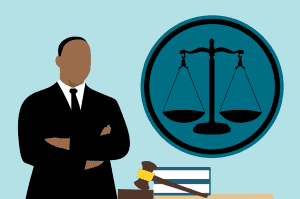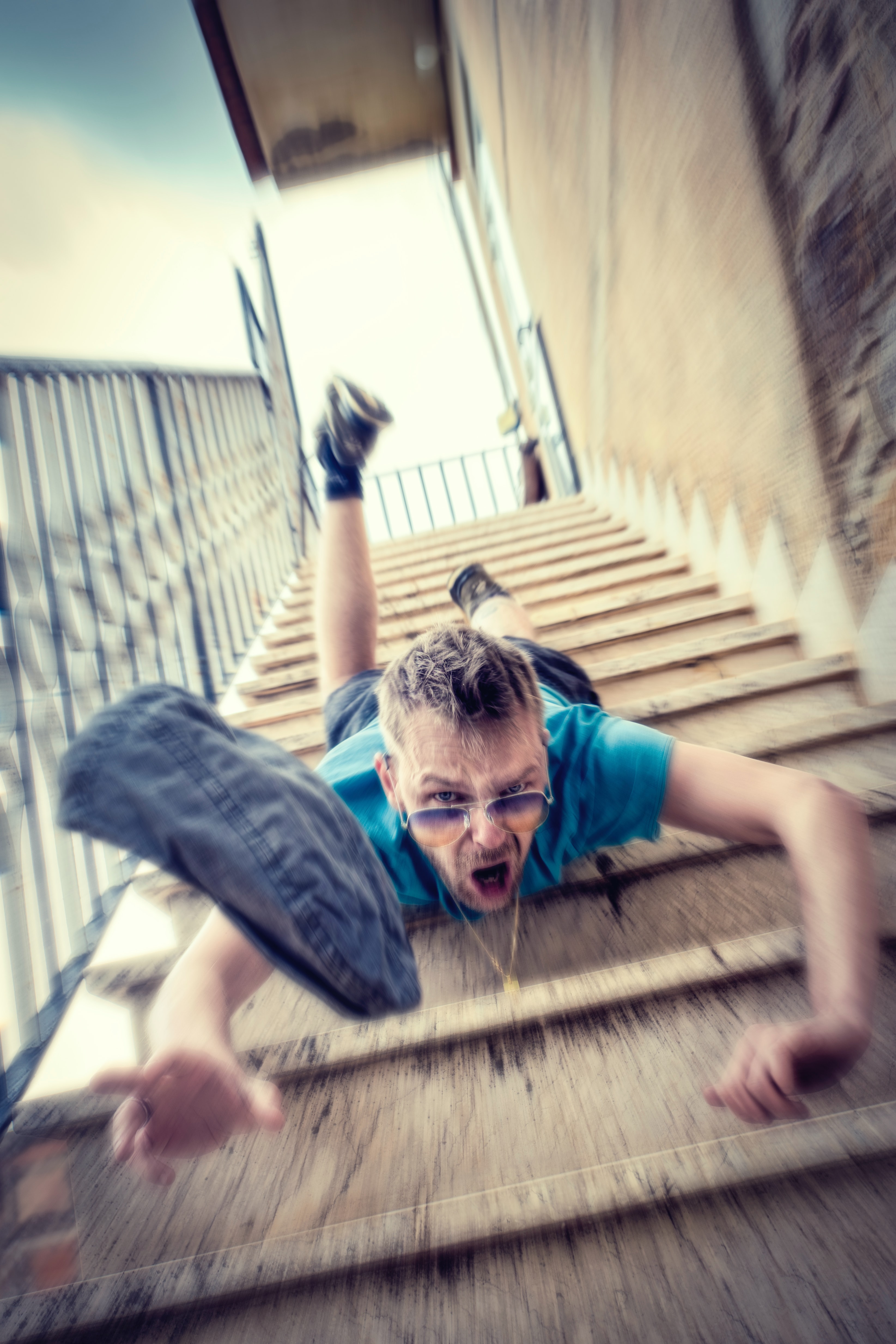Slip and fall incidents can have lasting emotional, physical, and financial consequences.
Slip and fall incidents are common personal injury claims arising when someone trips or slips on another person’s property and suffers an injury. To succeed in such cases, the injured party must typically prove that the property owner’s negligence led to the hazardous condition. Understanding how negligence impacts these cases is crucial for both potential plaintiffs and defendants.
Defining Negligence in Legal Terms
Negligence refers to the failure to exercise reasonable care, resulting in damage or injury to another. In the context of slip and fall cases, this means that a property owner or occupant’s carelessness led to unsafe conditions. To establish negligence, the plaintiff must demonstrate that the owner knew or should have known about the perilous condition and failed to remedy it.
Duty of Care and Its Importance
A principal component of negligence is the ‘duty of care’ owed by property owners to those who enter their premises. Owners are required to maintain a reasonably safe environment. This duty varies depending on whether the visitor is an invitee, licensee, or trespasser. Invitees, such as customers in a store, are owed the highest duty of care, followed by licensees and then trespassers.
Breach of Duty and Causation
Once it is established that a duty of care exists, the next step is to prove a breach of this duty. A breach occurs when an owner fails to address or warn about a hazardous condition. Following this, causation must be established, meaning the breach must be directly linked to the injury. For instance, if someone slips on an unmarked wet floor in a grocery store, the failure to provide warning signs could be deemed a breach causing the accident.
Comparative Negligence and Its Role
In many jurisdictions, the concept of comparative negligence can impact slip and fall cases. Comparative negligence considers the degree of fault attributable to both parties. If the injured party contributed to their own accident, their compensation might be reduced by their percentage of fault. For example, if a person was texting and not paying attention and slipped, their award might be decreased accordingly.

Evidence in Slip and Fall Claims
Gathering and presenting evidence is vital in proving negligence. Photographs of the accident scene, witness testimonies, and surveillance footage can all play a significant role. Additionally, maintenance records and incident logs might help demonstrate a lack of proper safety measures or negligence on the property owner’s part.
Legal Representation and Its Benefits
Engaging a skilled personal injury attorney can significantly influence the outcome of a slip and fall case. A legal expert like those who work at Kash Legal | Personal Injury Attorneys will understand the intricacies of proving negligence, gathering necessary evidence, and negotiating settlements. Having legal representation ensures that the injured party’s rights are protected and that they receive fair compensation for their injuries and losses.
Conclusion on Negligence in Slip and Fall Cases
Slip and fall incidents can have lasting emotional, physical, and financial consequences. By comprehending how negligence impacts these cases, individuals can better navigate the legal complexities involved. Ensuring professionalism, fairness, and a thorough understanding of duty and breach can lead to a more just outcome for all parties involved. Ultimately, awareness of one’s responsibilities and proper safety practices can help prevent these accidents from occurring in the first place.


Join the conversation!